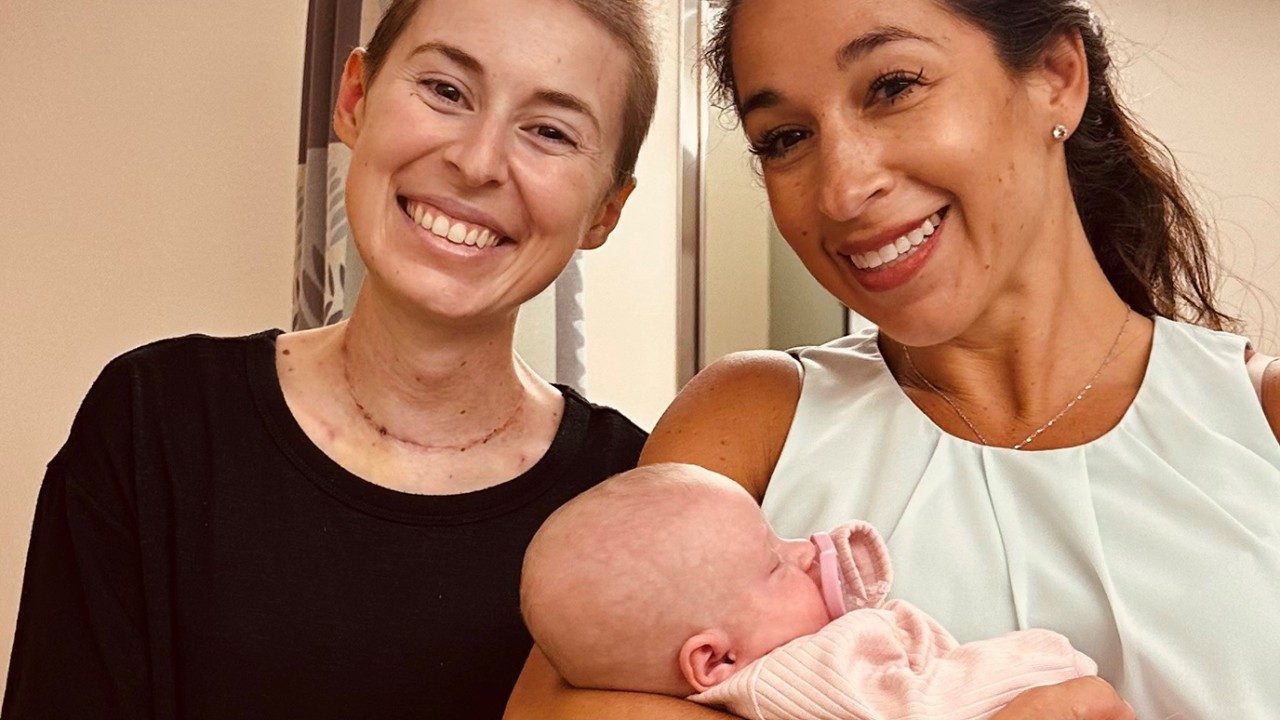News
Stage IV lung cancer survivor: Why you should start your...
After watching my grandmother die with emphysema, I resolved never to smoke. So, when I was diagnosed with stage IV lung cancer — and...
Esophageal cancer caregiver: I’m grateful we came to MD...
My husband, Gary, had been healthy and active before he began complaining of a backache at age 67. Then he started having trouble...
Coping with a lung cancer diagnosis at age 18
As an 18-year-old, Lauren Rodriguez never suspected her lingering cough would turn out to be a lung cancer symptom.
“I was in shock,”...
Lung cancer patient gets a second chance after lobectomy
It was a 5.5-cm tumor wrapped around Jason McFarland’s pulmonary artery that threatened to end his 20-year career as a police officer...
Lung cancer survivor gets surgical cure after 19 years
At age 27, Nadine Beech was a picture of health and notably, a non-smoker. So when she was diagnosed with non-small cell lung cancer...
B-cell lymphoma survivor: MD Anderson’s expertise saved me...
When I was diagnosed with B-cell lymphoma in August 2023, I wasn’t really frightened for myself. I was more worried about my...
Facing esophageal cancer at age 26
Throughout his esophageal cancer treatment, Ross Bernkrant never once looked up the survival rates.
“I knew it wasn’t good,” he says....
After clinical trial reveals lung cancer, survivor becomes...
When Sherry Zorzi first picked up a cigarette as a teenager, she never dreamed that one day she’d be telling people not to...
Taking charge of esophageal cancer treatment
Tim Orellano knew something was wrong when minimal physical activity made him short of breath. “Other than acid reflux, I considered...
Surgery gives two-time survivor new life
With a family history of colon cancer, Brian Folloder has been getting regular colonoscopies since he turned 35. But in 2009, when he...

Vascular Surgery
A Surgical First for Houston

Publications
Newsroom
Give Now
Your gift will help make a tremendous difference.
Research Areas
Find out about the four types of research taking place at MD Anderson.
Subscribe
Get the latest information on our cancer breakthroughs.










